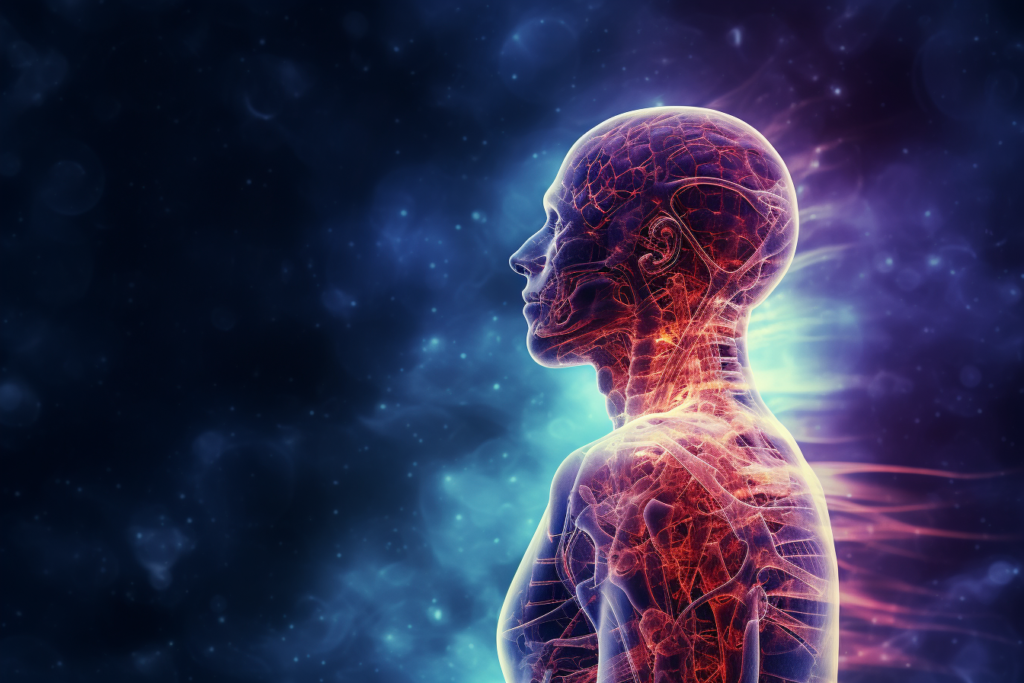
In the realm of wellness and natural health remedies, the endocannabinoid system (ECS) has emerged as a key player. It’s a complex and fascinating biological system that plays a crucial role in maintaining balance and overall well-being. In this blog post, we’ll take a deep dive into the endocannabinoid system, explaining what it is, how it works, and how CBD interacts with it to promote health and balance.
What Is the Endocannabinoid System (ECS)?
The endocannabinoid system, or ECS, is a complex cell-signaling system found in the bodies of humans and many other animals. It’s aptly named because it was first discovered while researchers were studying the effects of cannabis on the body.
How Does the ECS Work?
The primary function of the ECS is to maintain homeostasis, which is the body’s state of balance and stability. It achieves this through a network of receptors, endocannabinoids (cannabinoids produced within the body), and enzymes.
- Receptors: There are two primary types of receptors in the ECS, known as CB1 and CB2 receptors. CB1 receptors are primarily found in the central nervous system, while CB2 receptors are primarily found in the peripheral nervous system and immune cells.
- Endocannabinoids: These are cannabinoids produced naturally by the body. Two well-known endocannabinoids are anandamide and 2-arachidonoylglycerol (2-AG). These endocannabinoids bind to CB1 and CB2 receptors to transmit signals.
- Enzymes: Enzymes like fatty acid amide hydrolase (FAAH) break down endocannabinoids after they’ve carried out their function. This termination of signaling is crucial to maintaining balance.
CBD and the ECS
Now, let’s explore how CBD interacts with the ECS:
- Indirect Interaction: Unlike THC, which directly binds to CB1 and CB2 receptors, CBD has an indirect influence on the ECS. It doesn’t bind strongly to these receptors but instead modulates them and other non-cannabinoid receptors.
- Enhancing Endocannabinoids: CBD can inhibit the enzymes responsible for breaking down endocannabinoids like anandamide. By doing so, it allows the body to maintain higher levels of these natural cannabinoids, promoting a sense of balance.
- Non-Psychoactive: CBD doesn’t produce the psychoactive effects associated with THC because it doesn’t bind strongly to CB1 receptors in the brain.
The Potential Benefits of CBD and the ECS
By interacting with the ECS, CBD has the potential to offer a wide range of benefits, including:
- Pain Management: CBD may help manage chronic pain by modulating pain pathways in the ECS.
- Stress and Anxiety Reduction: CBD’s influence on the ECS may contribute to reduced feelings of stress and anxiety.
- Improved Sleep: Many users report better sleep patterns when incorporating CBD into their routine.
- Inflammation Reduction: CBD’s anti-inflammatory properties may help with conditions characterized by chronic inflammation.
Conclusion
The endocannabinoid system is a remarkable and intricate system that plays a crucial role in maintaining balance within the body. CBD’s interaction with this system is a promising avenue for promoting overall well-being and health. As research into the ECS and CBD continues, we can expect to uncover even more about their potential benefits and applications in the field of natural health and wellness.
